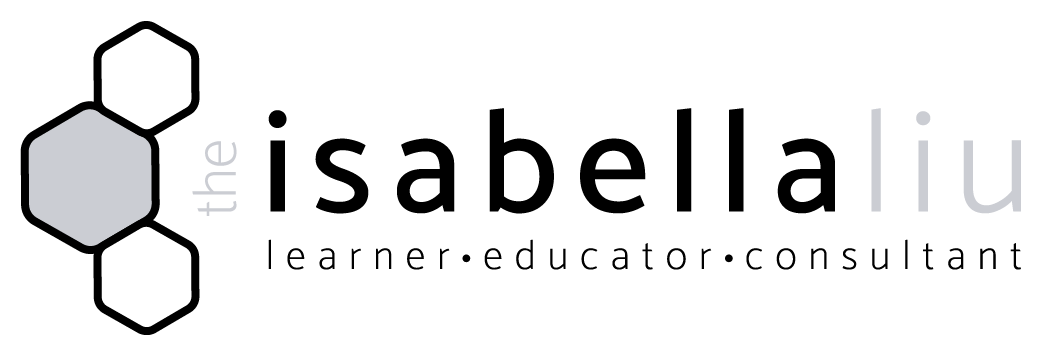Becoming a Natgeo Certified Educator
In my second year of teaching the Grade 6 ecosystems unit, I wanted to better relate the concepts taught in class to real life. As an avid museum-goer, I recalled how many museums excel at contextualizing information and presenting it in an accessible way. Many museums, such as the Smithsonian Museum of Natural History, offer online teaching resources to incorporate in the classroom. However, none perfectly aligned with my course expectations. The activities either required my students to have other prior knowledge or were too in-depth and would better serve as enrichment rather than reinforcement. That’s when I came across National Geographic’s large collection of educational resources.
In my ecosystems unit, I introduced my students to marine ecosystems through the Marine Food Chains and Biodiversity activity and reinforced their literacy skills with the Mapping Marines Ecosystem activity. My students thoroughly enjoyed the Meerkat Survival Game, which reinforced their understanding of a food web and the social structures within a meerkat community.
Researching these activities led me to the National Geographic Educator Certification. I wanted to learn more about the learning framework used to build the activities my students enjoyed so much.
WHAT IS THE NATIONAL GEOGRAPHIC EDUCATOR CERTIFICATION?
The National Geographic Educator’s Certification Program is a free three-month course divided into three phases.
In Phase 2, you are matched with a mentor who will provide constructive feedback for your final capstone video. The support I received from my mentor Michelle during my course was invaluable. If it weren’t for her timely feedback and constructive criticism, I wouldn’t have been able to complete the programme.
I also really enjoyed that not everybody is a classroom teacher like me. Some people, for example, work in educational outreach at museums. Working with a diverse group of educators was something I didn’t expect and truly benefited from.
Note that although the programme is free, it still requires discipline. I estimate I spent around 3–4 hours per week on course work. While it’s undoubtedly an enriching experience, you must set aside the time to do the work.
SPREAD THE WORD
Did you find this resource informative? Spread the word and Pin it to Pinterest! 👇


